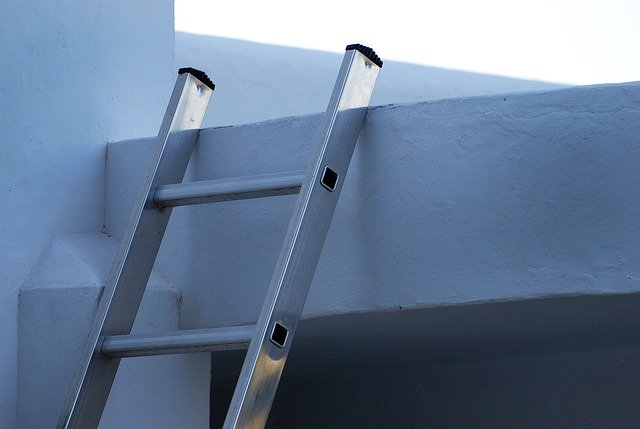For the construction industry, efficiency is something that is always considered. Technology always gives discoveries and innovations that make processes easier to do. These innovations sometimes involve the materials used for producing tools and equipment. The strength of the materials used when compared with its weight is vital in choosing what to use in production.
Scaffolding planks and scaffolding bars have traditionally been wood in centuries of construction. Then, because of the tendency of wooden planks to rot and degrade when it is wet, workers started using steel. Steel is strong, but the problem is the weight. In recent decades, manufacturers started using aluminum scaffolding and planks. There are many advantages to using aluminum scaffolding. Here are a few of them.
It Is Lightweight
Construction projects usually have deadlines. Any delays may become costly for contractors and owners alike. That is the reason why fast delivery is important to keep the project going. The time and resources that are used to deliver steel scaffolds are considerably more than aluminum ones.
The delivery of steel scaffolding for a standard house will require a 12-tonne truck to deliver, and it may take more than one trip. Aluminum, on the other hand, would only need one trip from a 6-tonne truck. Heavy materials cannot be used on unstable substrates or surfaces. The weight of steel scaffolding can cause it to sink, and that will affect the project if it is used to support a concrete slab.
It Needs Less Manpower
Unloading these steel bars from the delivery truck and setting them up will take 8 hours to complete when done by four men. That same task for aluminum scaffolds would require only two men to work for 6 hours.
If modifications need to be done, steel scaffolding needs serious manpower, whereas aluminum bars are easier to change and move. This also applies to scaffolding planks. If a worker is in a situation where he needs to move his plank, he would need a lot of help with a steel plank as compared to an aluminum one.
It Is Safer
Scaffolding is used for workers to get to hard-to-reach places – elevated areas. It is a safety hazard for workers if one of those steel bars comes loose and falls on an unsuspecting worker. If this happens, serious injury or even death is possible, especially if the whole structure gives way.
For long-term construction, rust is the main enemy of steel scaffolds. The more it rusts, the weaker it becomes. Because it is weaker, the manufacturer’s specifications on its payload will not be accurate anymore. When aluminum corrodes, it becomes aluminum oxide, which prevents further corrosion. Plus, aluminum oxide is a very hard material that can help maintain the strength of these scaffolding bars and planks. That is why using steel is often discouraged when it is exposed to rain or snow. Aluminum scaffolding is better in this regard. Ultimately, aluminum has a higher strength-to-weight ratio than steel.
Scaffolding planks and bars need to be strong, lightweight, and easy to assemble. In the construction industry, efficiency is everything. There are still some options when choosing your tools. Steel is harder overall, but there are a lot of disadvantages to using them too. For efficiency’s sake, aluminum scaffolds win this battle.
Author Name: Carmel Issac
Author Bio: Carmel Issac is a freelance writer who offers to ghostwrite, copywriting, and blogging services. She works closely with B2C and B2B businesses providing digital marketing content that gains social media attention and increases their search engine visibility.
